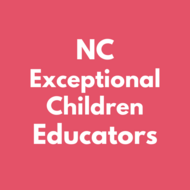(View Complete Item Description)
North Carolina experienced major flooding in 2018 due to Hurricane Florence. As a result there has been a huge increase in the amount and size of mosquitoes in our state. Mosquitoes are known for carrying diseases like Zika, Malaria, and West Nile. We must do something to help our community. Bats can be an answer to this problem. A single bat can eat up to 1,200 mosquito sized insects every hour and each bat can usually eat up to 6,000 to 8,000 insects per night. To help alleviate a massive amount of mosquitoes in our community we will build bat boxes and share them with our community.
Material Type:
Unit of Study
Authors:
Lisa Lewis,
Lisa Skillern,
Stacey Sharron



















